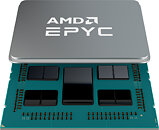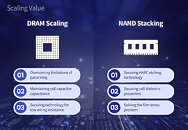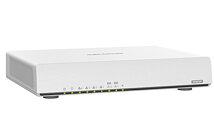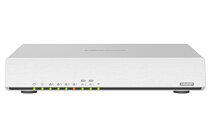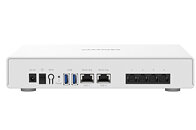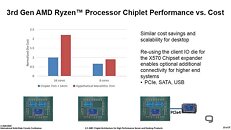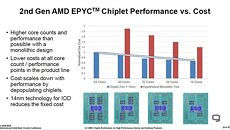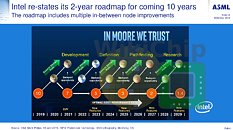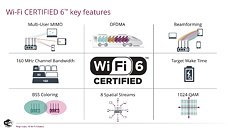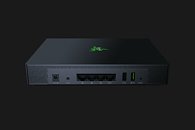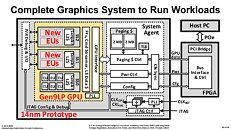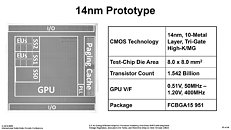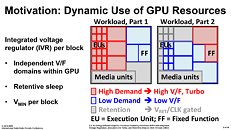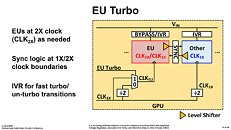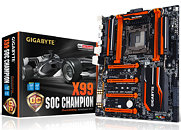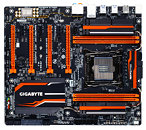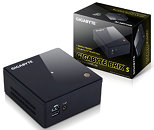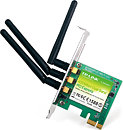
Two New Security Vulnerabilities to Affect AMD EPYC Processors
AMD processors have been very good at the field of security, on par with its main competitor, Intel. However, from time to time, researchers find new ways of exploiting a security layer and making it vulnerable to all kinds of attacks. Today, we have information that two new research papers are being published at this year's 15th IEEE Workshop on Offensive Technologies (WOOT'21) happening on May 27th. Both papers are impacting AMD processor security, specifically, they show how AMD's Secure Encrypted Virtualization (SEV) is compromised. Researchers from the Technical University of Munich and the University of Lübeck are going to present their papers on CVE-2020-12967 and CVE-2021-26311, respectfully.
While we do not know exact details of these vulnerabilities until papers are presented, we know exactly which processors are affected. As SEV is an enterprise feature, AMD's EPYC lineup is the main target of these two new exploits. AMD says that affected processors are all of the EPYC embedded CPUs and the first, second, and third generation of regular EPYC processors. For third-generation EPYC CPUs, AMD has provided mitigation in SEV-SNP, which can be enabled. For prior generations, the solution is to follow best security practices and try to avoid an exploit.
While we do not know exact details of these vulnerabilities until papers are presented, we know exactly which processors are affected. As SEV is an enterprise feature, AMD's EPYC lineup is the main target of these two new exploits. AMD says that affected processors are all of the EPYC embedded CPUs and the first, second, and third generation of regular EPYC processors. For third-generation EPYC CPUs, AMD has provided mitigation in SEV-SNP, which can be enabled. For prior generations, the solution is to follow best security practices and try to avoid an exploit.
